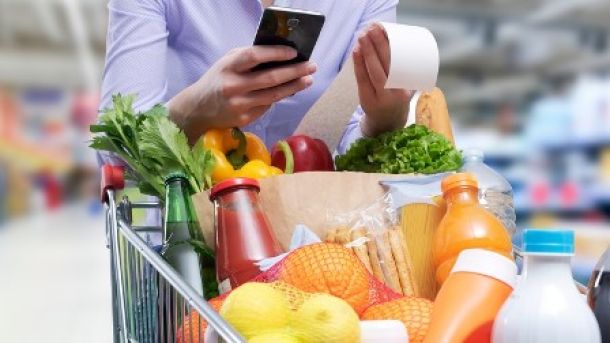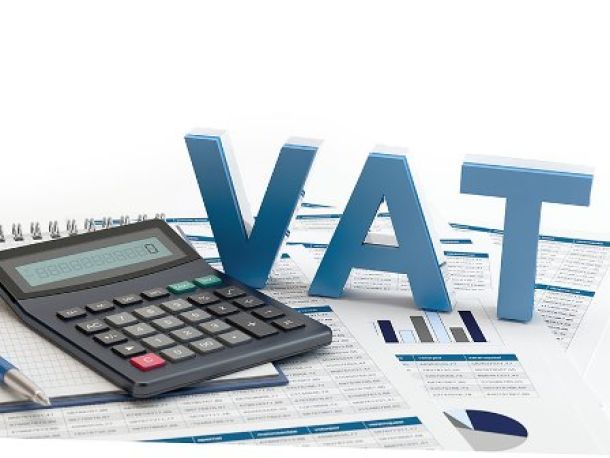Producer inflation eases, as food inflation nears zero
Producer price inflation moderated slightly in October, as expected, after accelerating faster than expected in September.
The producer price index (PPI) rose 5% in October from a year earlier. That compares with a 5.2% increase in September. It was exactly in line with Investec’s forecast and a touch higher than the Trading Economics consensus of 4.9%.
The main contributor to the annual rate was coke, petroleum, chemical, rubber and plastic products, which contributed 2.4 percentage points. Prices in that category were up 11.2% from a year earlier.
Nonetheless, as with consumer inflation reported last week, smaller fuel price increases helped with the slowdown in producer inflation.
Investec economist Kamilla Kaplan flagged that, as well as easing food inflation, in her weekly note, saying: "Additionally, food manufacturing, which holds the largest weighting in the PPI basket, is expected to continue reflecting decelerating rates of inflation, with the favourable grain supply outlook and deflation earlier along the supply chain."
The PPI for food products rose 0.4% from a year earlier.
Prices of grain mill products fell 17.6%, and starches and animal feeds prices were down 10.7% from October 2016.
BNP Paribas economist Jeff Schultz said: "Much like the October consumer inflation figures, much of this slowdown is likely to be driven by softer manufactured food prices and more favourable base effects in fuel, even with a hefty fuel price increase in the month."
From September 2017 to October 2017 the PPI for final manufactured goods increased by 0.7%.
October’s consumer price index (CPI) last week showed inflation moderated to 4.8% year on year from 5.1% in September.
Despite this, the Reserve Bank remained hawkish when announcing its interest rate decision last week.
Bank governor Lesetja Kganyago announced that the repo rate would be maintained at 6.75% with the possibility of interest rate hikes next year — and three increases expected in the period to end-2019.
News Category
- International retailers
- On the move
- Awards and achievements
- Legislation
- Wine and liquor
- Africa
- Going green
- Supplier news
- Research tools
- Retailer trading results
- Supply chain
- Innovation and technology
- Economic factors
- Crime and security
- Store Openings
- Marketing and Promotions
- Social Responsibility
- Brand Press Office
Related Articles

Empowering South African households through gro...

SPAR shares practical tips to beat food inflation

South African motorists could be paying up to R...

Big VAT changes on the cards


